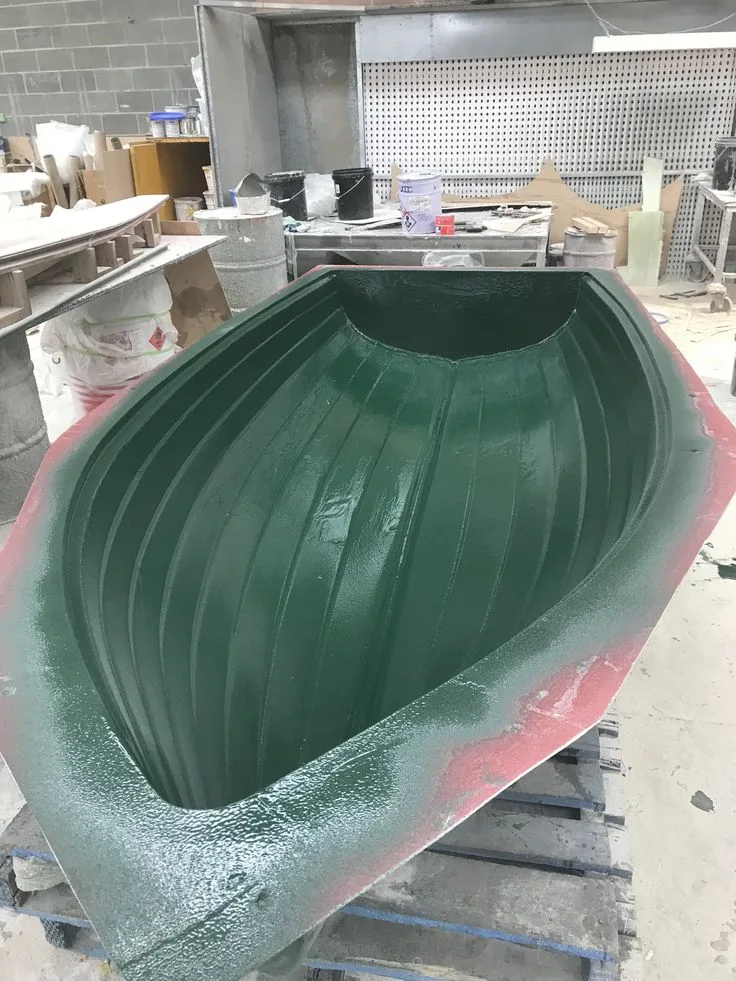Creating a fiberglass boat mold is a crucial step in the boat-building process, allowing for the production of consistent and high-quality boat hulls. Whether you’re a DIY enthusiast or a professional boat builder, understanding how to create a fiberglass boat mold can significantly enhance your boat-building capabilities. This article will guide you through the essential materials, steps, and techniques needed to create a fiberglass boat mold, ensuring your project is a success.

fiberglass boat mold
Understanding Fiberglass Boat Molds
Fiberglass boat molds are forms used to shape and construct the hulls of boats. These molds are typically made from high-quality fiberglass materials, offering durability, flexibility, and the ability to produce multiple hulls from a single mold. The primary advantage of using fiberglass is its strength-to-weight ratio, which provides sturdy yet lightweight boat structures. Additionally, fiberglass molds are cost-effective and can be customized to meet specific design requirements, making them a popular choice among boat builders.
Materials and Tools Needed
To create a fiberglass boat mold, you’ll need several essential materials and tools, including:
- Fiberglass Cloth: The main material for creating the mold.
- Resin: Typically polyester or epoxy resin to bind the fiberglass cloth.
- Release Agent: Prevents the mold from sticking to the boat hull.
- Gelcoat: Provides a smooth and durable surface finish.
- Rollers and Brushes: Used for applying resin and gelcoat evenly.
- Mold Frame: A sturdy frame to support the fiberglass layers.
Choosing high-quality materials is crucial for ensuring the longevity and effectiveness of your fiberglass boat mold. Investing in premium-grade fiberglass cloth and resin will yield better results and a more durable mold.
Steps to Create a Fiberglass Boat Mold
Creating a fiberglass boat mold involves several key steps:
- Designing the Mold Frame: Construct a robust frame to support the fiberglass layers. This frame should match the dimensions and shape of the boat hull you intend to create.
- Applying the Release Agent: Coat the frame with a release agent to prevent the fiberglass from sticking.
- Layering the Fiberglass: Apply layers of fiberglass cloth and resin onto the frame, ensuring each layer is thoroughly saturated with resin.
- Applying the Gelcoat: Once the fiberglass layers are set, apply a gelcoat for a smooth finish.
- Curing the Mold: Allow the mold to cure completely, ensuring it hardens and sets properly before use.
Following these steps meticulously will help you create a durable and high-quality fiberglass boat mold.
Common Techniques and Tips
Various techniques can enhance the quality of your fiberglass boat mold. For instance, using a vacuum bagging method can improve the resin-to-fiber ratio, resulting in a stronger mold. Additionally, ensure that each layer of fiberglass is applied evenly and without air bubbles to avoid weak spots. Regularly inspect your mold during the creation process to identify and address any issues promptly.
Maintenance and Care for Fiberglass Molds
Proper maintenance of your fiberglass boat mold is essential for its longevity. Clean the mold thoroughly after each use to remove any residue or build-up. Inspect the mold regularly for any signs of wear or damage and repair any issues immediately to prevent further deterioration. Storing the mold in a cool, dry place will also help preserve its quality and durability.
Conclusion
Creating a fiberglass boat mold is a rewarding process that requires attention to detail and quality materials. By following the steps and techniques outlined in this article, you can produce a high-quality mold that will serve you well in your boat-building projects. Ready to start your fiberglass boat mold project? Gather your materials and tools, follow the guide, and enjoy the process of creating a reliable and durable boat mold.




























